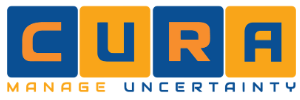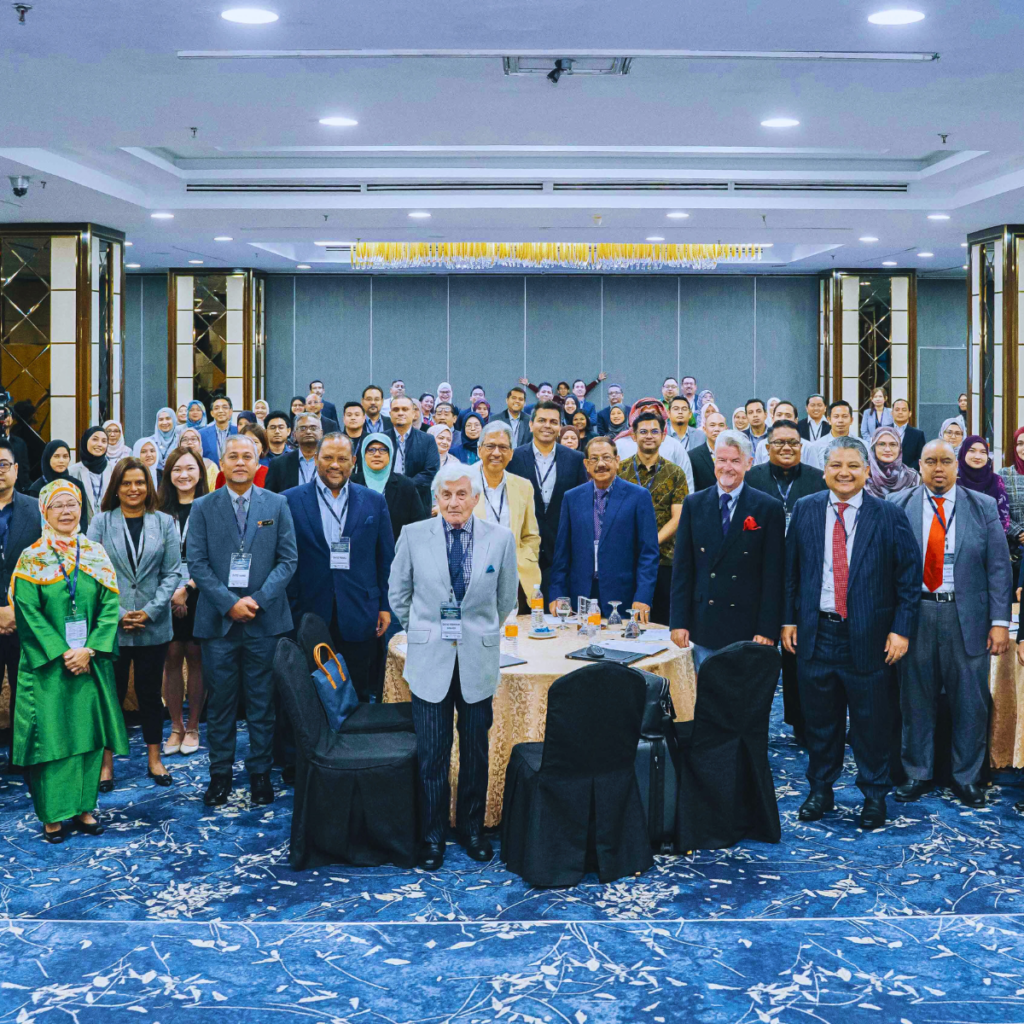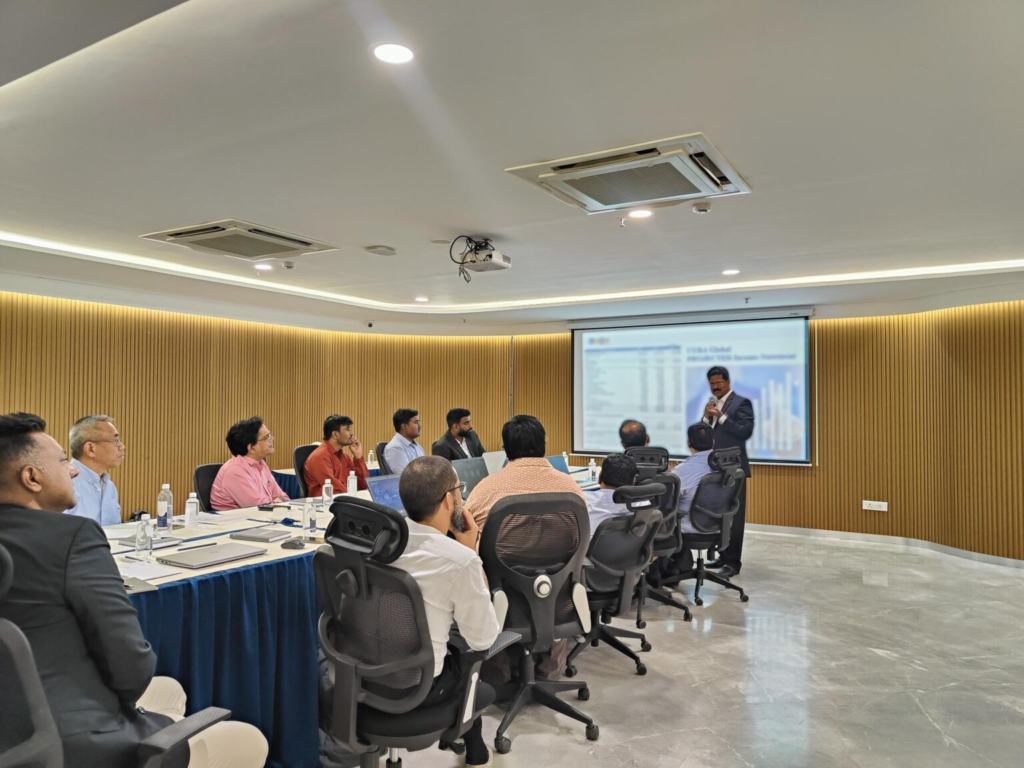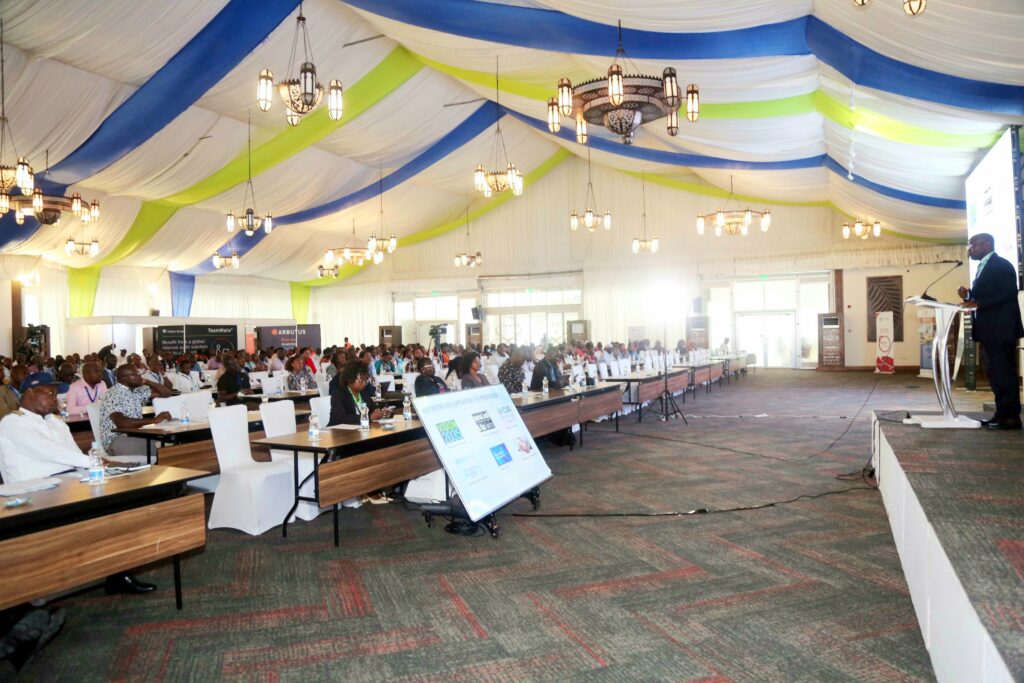
Jessica Knight, a strategic manager at CURA Software Solutions
|
This hybrid is regularly defined by decentralised operations and autonomous employees. In this ever-transforming landscape, a key consideration for organisations is how to take advantage of the global marketplace to source top talent, through the use of digital nomads.
Digital nomads are remote workers who typically travel to different locations while still fulfilling their professional obligations. They often work in coffee shops, co-working spaces, or public libraries, relying on devices with wireless internet capabilities like smartphones and mobile hotspots to do their work on the move. The average digital nomad is a millennial between the ages of 22-35 who is tech-savvy and in hot pursuit of the optimal work-life balance.
Re-evaluating the traditional model of measuring productivity
According to Jessica Knight, a strategic manager at CURA Software Solutions, the rise of digital nomadism is causing companies to re-evaluate the traditional model of measuring productivity.
“Companies that are preoccupied with time spent working – as opposed to deliverables or results and the quality thereof – are focused on the wrong unit of measure. The number of hours a person works rarely equates to their productivity or achieved results.”
Knight elaborates, “In a factory system you can achieve economies of scale through allocating and automating tasks that run on a time basis and can measure the cost/yield per hour of production. People are not machines and you cannot achieve the same utility by treating them as such, so why do we continue to use elements of the factory system in how we manage and govern businesses?”
“Productivity and efficiency in humans should not be measured off the basis of hours worked. There is an ebb and flow that needs to be considered, differentiating human and machine elements. Enter the digital nomad, a role focused on results as “hours worked” becomes an almost ungovernable aspect of operations. The appeal of the 40 – 50 plus hours per week spent in a cubicle environment is dwindling in the face of defining your own operational environment through digital nomadism.”
Digital nomadism is not always suitable
The integration of digital nomadism is not necessarily suitable for every organisation. This refined form of freelancing is often ambiguous, lacks structure and is constantly adapting. Defining your company culture becomes tricky to enforce when your workforce does not sit in the same place, and controlling roles and responsibilities from a distance becomes a challenge when your team cannot be easily monitored.
A business should be able to achieve the same or better results when considering the adoption of the digital nomad trend. Not all trends are relevant so adoption should always align to business objectives before pop-culture imperatives.
The crux of governing digital nomads of the future is not to try and replicate a conventional business model for remote work, but rather to completely re-evaluate what a successful operational environment should look like.
According to Knight, “There are many metrics to gauge business success, but operational success – a holistic success factor for employees, their environment and the work that they do – is traditionally measured through a mishmash KPI structure with the occasional employee happiness/satisfaction survey sprinkled in-between.
A company can still achieve good results with “sufficiently happy” or even unhappy employees. Effectively measuring and monitoring operations is not always a priority when the business is making money, but employee wellbeing is often the first to suffer when the business is not.”
Knight concludes that digital nomadism is an opportunity to completely overhaul this model of “average-at-best” operations by empowering employees with the ability to define their own operational environment.
“Making a success of digital nomadism requires providing employees with the autonomy to determine their working hours – companies must remain cognizant that not all employees perform best from 9am to 5pm, nor do all employees require 8 hours to execute the tasks expected of them. Further to this, productivity is likely to increase when employees are working in environments that make them work most efficiently. Leveraging the right technology for your business and maximising your human capital in the right way can be the difference between success and failure of the digital endeavour.”











